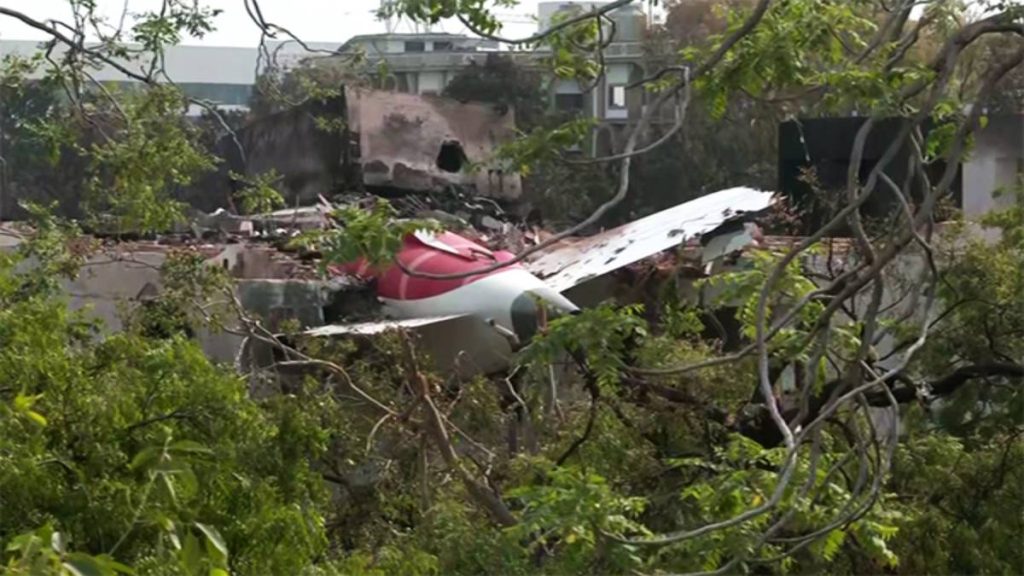The Aircraft Accident Investigation Bureau (AAIB) of India has released its preliminary findings into the devastating crash of Air India flight AI171, a Boeing 787-8 aircraft, which went down shortly after takeoff from Ahmedabad’s Sardar Vallabhbhai Patel International Airport on June 12, killing 260 people.
Among the dead were 229 passengers, 12 crew members, and 19 individuals on the ground. The report reveals a catastrophic sequence of events triggered by the unintentional shutdown of both engines within 90 seconds of takeoff.
Data from the aircraft’s Enhanced Airborne Flight Recorder (EAFR) shows that the fuel cutoff switches for both engines were mistakenly moved from “RUN” to “CUTOFF” in quick succession. One pilot was heard asking, “Why did you cut off?” with the other replying, “I did not.” This confusion was followed by the deployment of the Ram Air Turbine (RAT) and a rapid, uncontrollable descent.
Though the pilots attempted to restart the engines—managing partial thrust recovery on Engine 1—Engine 2 failed to stabilize. The aircraft never regained altitude and issued a “MAYDAY” distress call at 08:09 UTC before crashing into residential buildings near the airport, including the BJ Medical College hostel.
The crash site showed extensive fire and structural damage across five buildings. Major parts of the aircraft—including the vertical stabilizer, engines, and landing gear—were scattered over a 1,000-foot debris field. Emergency services responded within five minutes, though the aircraft’s Emergency Locator Transmitter (ELT) did not activate.
The ill-fated aircraft, registered VT-ANB, had no prior technical issues and had recently undergone routine maintenance. Both pilots were fully qualified, with the captain holding over 15,000 flying hours and the co-pilot over 3,400.
The report also references a 2018 FAA Special Airworthiness Information Bulletin (SAIB), which warned of a potential flaw in the fuel control switch locking mechanism on similar aircraft. While not mandatory, the advisory had not been acted upon by Air India, and the report notes that the locking mechanism may have been disengaged—though no prior faults were reported on this specific aircraft.
The AAIB is working closely with the U.S. National Transportation Safety Board (NTSB), Boeing, GE, the FAA, and aviation authorities from the UK, Portugal, and Canada. No immediate safety recommendations have been made, but further investigation is underway, particularly into potential design vulnerabilities and human factor issues.
The final report is expected in the coming months. Flight AI171 was operating a scheduled service from Ahmedabad to London Gatwick and is now counted among the deadliest aviation disasters in India’s recent history.
